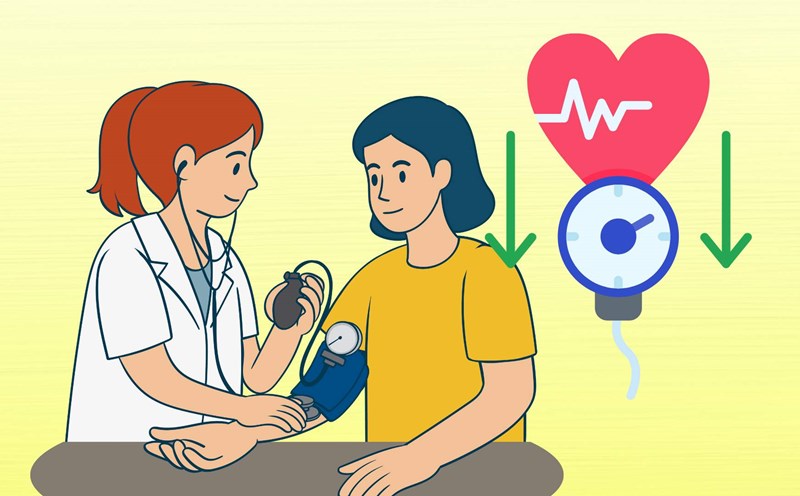In addition to taking medication as prescribed by a doctor, a scientific diet also plays an important role in controlling blood pressure.
Nutritionists recommend that patients should prioritize foods rich in potassium, magnesium and fiber, nutrients that help regulate blood pressure naturally. One of the most mentioned dishes is green leafy vegetables such as spinach and kale. Green vegetables are high in potassium, which helps the kidneys remove excess sodium, a major factor in high blood pressure, says Dr. Stephen Hu, a nutritionist at Harvard University (USA), in the journal Harvard Health Publishing.
In addition, fatty fish such as salmon and mackerel are also encouraged. Omega-3 fatty acids in fish not only protect the heart but also reduce inflammation, contributing to stabilizing blood pressure. A study by the American Heart Association shows that people who supplement fatty fish 2-3 times a week have a lower blood pressure index than those who eat less fish.
Beans and nuts are also a healthy choice. Magnesium and fiber in black beans, almonds or chia seeds help improve blood circulation. In addition, potassium-rich fruits such as bananas, oranges, pomegranates or blueberries provide antioxidants, reducing blood vessel stress.
Some easy-to-make rustic dishes are also beneficial for blood pressure. For example, oatmeal porridge cooked with walnuts and banana slices is both nutritious and helps lower blood pressure in the morning. Or green salad mixed with olive oil and pan-fried salmon is the optimal choice for lunch.
Dr. Hu emphasizes: Just by changing your diet, reducing salt, increasing vegetables, fruits and foods rich in potassium, patients can have a significant drop in blood pressure.
Thus, combining drugs (if necessary) with a diet rich in healthy foods will be a sustainable solution, helping patients maintain stable blood pressure and prevent cardiovascular complications.










